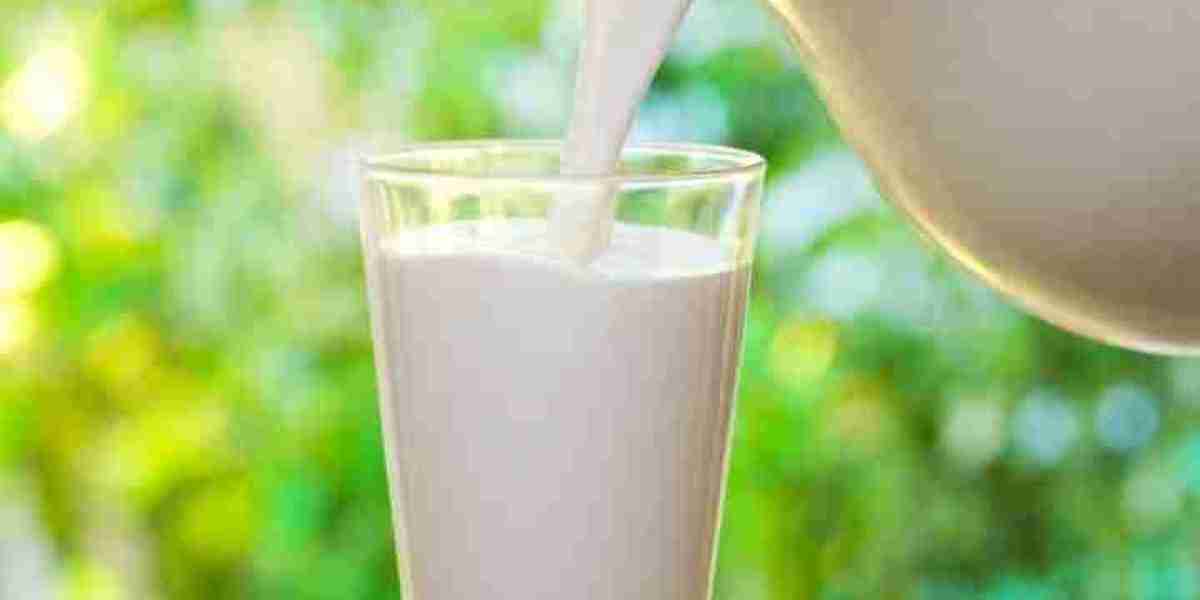The global dairy market is undergoing a transformative shift, driven by growing consumer awareness around health, wellness, and nutritional alternatives. Among the key segments gaining traction is the A2 milk market positioned as a premium dairy product that offers potential digestive benefits compared to regular milk. As the market evolves, a complex interplay of factors ranging from consumer behavior to regulatory considerations is shaping the dynamics of A2 milk demand and supply. Understanding these forces is crucial for producers, investors, and stakeholders aiming to navigate and capitalize on this rapidly expanding market.
Understanding A2 Milk: A Functional Dairy Innovation
A2 milk is differentiated from regular cow’s milk by its protein structure. While conventional milk contains both A1 and A2 beta-casein proteins, A2 milk contains only the A2 protein, believed to be easier to digest for certain individuals. Although A2 milk is not a treatment for lactose intolerance, its formulation has attracted attention from consumers who report discomfort with standard milk, citing bloating and cramping.
The positioning of A2 milk as a “natural and gentle” dairy product has fueled its popularity among health-conscious consumers, creating new avenues for product innovation and branding in the dairy sector.
Demand-Side Dynamics: Health-Conscious Consumption Trends
One of the most influential demand-side drivers in the A2 milk market is the global rise in health and wellness consciousness. Consumers, particularly in urban centers, are increasingly seeking clean-label, minimally processed, and functionally beneficial foods. This shift is especially prevalent among:
Young professionals
Parents of infants and toddlers
The elderly population with digestive sensitivities
Wellness enthusiasts seeking natural nutrition
As a result, A2 milk is gaining recognition as a premium choice within the broader health food and functional beverage markets.
Marketing efforts emphasizing digestive comfort, protein quality, and natural sourcing are reinforcing consumer trust, while digital platforms and influencers play a key role in spreading awareness about A2 milk’s benefits.
Supply-Side Dynamics: Production, Genetics, and Traceability
On the supply side, the production of A2 milk requires careful planning and investment. Only cows that naturally produce the A2 beta-casein protein—such as Gir, Jersey, and Guernsey breeds can be used. This necessitates genetic testing and selective breeding, which increases operational costs.
Maintaining A2 purity also requires rigorous segregation throughout the supply chain—from milking and transportation to processing and packaging. Producers must ensure no cross-contamination with A1 milk, adding layers of complexity to logistics and traceability systems.
Despite these challenges, regions like India, New Zealand, and Australia have a natural advantage, thanks to their significant population of indigenous A2-producing cattle. These countries are leading in both production volume and innovation, and are well-positioned to scale in response to global demand.
Competitive Landscape and Market Entry Strategies
The A2 milk market has a moderately consolidated competitive structure, with major players including:
The a2 Milk Company – A market pioneer with strong international presence.
Amul – Leveraging India’s native cattle breeds to produce and market A2 milk locally.
Nestlé and Danone – Exploring A2 protein integration in infant formula and premium dairy lines.
Regional startups – Differentiating via hyper-local sourcing, DTC models, and digital branding.
As competition intensifies, companies are investing in product diversification (e.g., A2 yogurt, cheese, infant formula), partnerships with retail chains, and consumer education initiatives to expand their footprint.
Regulatory Considerations and Scientific Debate
Despite growing popularity, the A2 milk market is subject to ongoing scientific scrutiny and regulatory variance. While some studies suggest that A2 milk may reduce gastrointestinal symptoms compared to regular milk, consensus within the global medical and scientific communities is still emerging. Regulatory authorities in various countries have adopted different stances on labeling and health claims, which affects how products are marketed and sold.
Companies operating in highly regulated regions such as the European Union must adhere to stringent guidelines when making functional or health-related claims, while others, like Australia and India, allow more flexible labeling frameworks.
Challenges and Restraints
Several challenges influence A2 milk market dynamics, including:
Higher production costs compared to conventional milk
Limited consumer awareness in rural and price-sensitive markets
Scientific skepticism affecting consumer confidence
Infrastructure gaps in maintaining purity and quality at scale
Addressing these challenges requires coordinated efforts across supply chains, marketing, research, and policy engagement.
Outlook and Strategic Opportunities
Despite the complexities, the outlook for the A2 milk market remains highly promising. Key opportunities include:
Expansion into emerging markets with high dairy consumption
Product innovation in lactose-free, protein-rich, or plant-dairy hybrids using A2 formulations
Strategic partnerships with e-commerce platforms and wellness brands
Investments in education and outreach to build consumer trust
With strong consumer interest, growing scientific exploration, and advancing production technologies, the A2 milk market is poised to become a pivotal segment in the future of global dairy.




